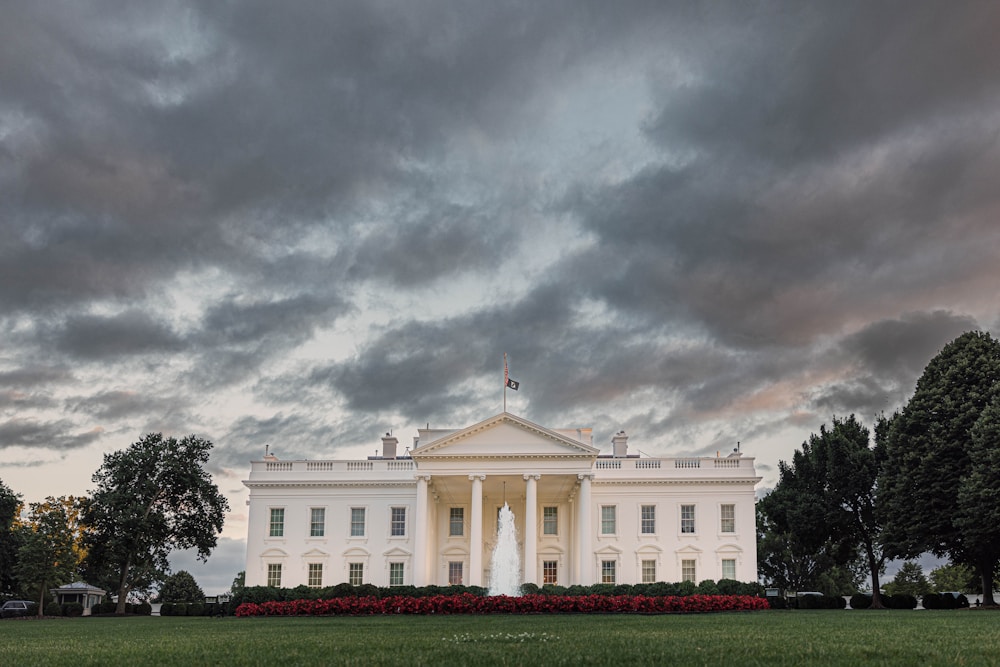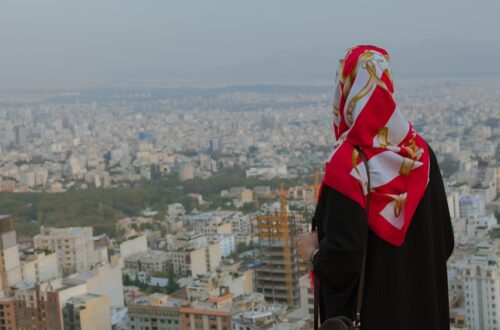The White House has always been America’s most recognized home — a mix of residence, office, and living history. But now, something much larger is taking shape. Donald Trump’s planned ballroom project isn’t just an upgrade. It’s an expansion so large it could overshadow the very building it’s attached to.
This is the story of how one man’s taste for grandeur may redefine the architectural and symbolic balance of the nation’s most famous address.
The Grand Vision Taking Shape
When most presidents talk about legacy, they mention legislation, diplomacy, or a speech that echoes through time. Trump’s legacy, however, often begins with real estate. His newest project — a 90,000-square-foot ballroom on or near the East Wing of the White House — pushes that legacy to another level.
For comparison, the Executive Residence — the central portion of the White House where the First Family lives — measures roughly 55,000 square feet. That means this ballroom alone would be about 1.6 times larger than the main house.
In simple terms, the ballroom wouldn’t just complement the White House. It would dwarf it.
A Room Built for Spectacle
Imagine the scale: a sweeping floor of polished marble, ceilings soaring higher than the East Room, chandeliers larger than carriages, and walls lined with gilt trim and mirrored panels. The new ballroom is expected to hold 650 to 900 guests, with standing capacity that could push over 1,000.
For context, the current East Room — the largest formal room in the White House — fits around 200 people at full seating. That means this ballroom can hold three to four times as many guests, turning the traditional limits of presidential entertaining on their head.
This is a hall designed not for intimate gatherings, but for crowds. Large political rallies, state dinners, media spectacles — events of a scale that would once have required tents on the South Lawn.
In other words, it’s not just a ballroom. It’s a stage.
A Monument to Scale
From the beginning, the White House was meant to convey strength through restraint. Its neoclassical design — white stone, balanced wings, calm symmetry — spoke of dignity over dominance.
Trump’s ballroom shifts that equation. The architectural plans, though officially described as “in harmony with the existing structure,” lean toward the monumental. Think columns thicker than tree trunks and windows tall enough for banners.
It’s a space that says “look at me” in the same way Trump Tower or Mar-a-Lago do. The message isn’t subtle. Where the White House whispers formality, the ballroom shouts spectacle.
And that’s exactly the point.
The Purpose Behind the Expansion
Trump has always believed in visual politics — the idea that scale itself can project authority. The ballroom serves both practical and symbolic goals:
- Event capacity: The White House struggles to host large-scale events without temporary structures. A permanent ballroom removes that limitation.
- Optics: Lavish imagery plays well on camera. A vast, gold-lit ballroom creates the perfect backdrop for televised events.
- Legacy: Every president leaves a mark. For Trump, that mark has always been made in steel, marble, and square footage.
To him, this ballroom isn’t excess — it’s evidence of success.
The Numbers Tell the Story
Let’s look at the proportions:
| Feature | Size / Capacity |
|---|---|
| Proposed Ballroom | ~90,000 sq ft |
| White House Executive Residence | ~55,000 sq ft |
| East Room Capacity | ~200 seated |
| New Ballroom Capacity | 650–900 seated |
| Estimated Cost | ~$200 million+ |
That means the new ballroom’s floor space is nearly 65% larger than the main house, with four times the seating power of the East Room.
Numbers don’t lie — and these ones spell dominance.
Preservation vs. Expansion
Not everyone sees grandeur as progress. Preservationists worry that a structure of this size will distort the architectural harmony that defines the White House.
The East and West Wings were designed to balance each other — modest, low-profile extensions that keep the Executive Residence centered. A 90,000-square-foot addition upsets that balance.
Critics say it could physically and visually overwhelm the main building, reducing its historic calm to a background prop.
Supporters, on the other hand, argue that every era leaves its fingerprint. Jefferson added terraces. Theodore Roosevelt renovated interiors. FDR built the West Wing. Trump, they say, is simply adding his chapter — just on a much grander scale.
Who’s Paying for It
Funding for the ballroom is expected to come largely from private donors rather than taxpayer dollars. Trump has framed the project as a patriotic contribution — something built “for the people,” not “on their dime.”
That approach has drawn mixed reactions. While it spares public funds, it raises questions about influence and access. Will donors expect private events or recognition? Will the ballroom become as much a political stage as a public space?
Whatever the case, the project aligns perfectly with Trump’s lifelong pattern: mix business, branding, and spectacle into one shining space.
A Building Meant to Send a Message
Buildings talk. The White House says, We are steady. Trump’s ballroom will say, We are enormous.
Its size, its shine, its sheer presence — all serve a single narrative: expansion equals strength. In Trump’s world, a grander building signals a grander presidency.
But architecture is more than walls and lights. It reflects how power sees itself. The White House was designed to project humility within strength. The new ballroom, by contrast, projects power without apology.
This is how Trump operates — not in whispers, but in echoes.
A New Era of Presidential Showmanship
In recent decades, the White House has leaned toward accessibility — smaller dinners, public tours, open lawns. Trump’s ballroom reverses that tone. It’s not built for access. It’s built for awe.
Imagine the first state dinner held inside: gilded ceilings reflecting a hundred chandeliers, cameras sweeping across tables for hundreds of guests, the president entering under arches taller than the original portico.
Every angle will broadcast the same story — this is bigger than before.
It’s politics as theater, wrapped in marble and light.
How It Redefines the White House Experience
Inside, the ballroom will change the rhythm of life at the White House.
- Staff flow: More catering space, larger crews, and event logistics comparable to a hotel conference operation.
- Security: Higher guest volume means layered screening, new checkpoints, and more permanent Secret Service presence in the East Wing.
- Tourist impact: If the ballroom becomes part of public tours, visitors will see less of a residence and more of a palace.
- Symbolic impact: The balance of the complex shifts. The Executive Residence becomes secondary to its own extension.
In short, what once felt intimate and historical may soon feel monumental — and that’s no accident.
The Critics’ Argument
To Trump’s detractors, the ballroom is less about function and more about ego. They see it as the physical embodiment of a mindset — that grandeur equals greatness.
Architectural critics point out that the White House’s timeless appeal lies in proportion, not size. When one part overshadows another, the unity is lost.
Historians note something else: presidents typically expand to serve — Roosevelt’s West Wing created workspace; Eisenhower’s updates modernized infrastructure. Trump’s expansion, they say, serves style.
Still, style has always been part of politics. And for Trump, style is strategy.
What Comes Next
Construction timelines suggest groundbreaking could begin soon, with completion before the end of his current term. Once built, the ballroom will likely become the most visible physical change to the White House in over a century.
It may also become a new center of presidential activity — hosting events once limited by logistics or space. Future presidents, whether admirers or critics, will inherit it. Like the Resolute Desk or the Rose Garden, it will become a part of the institution.
And in time, it may stop being “Trump’s Ballroom” and simply become the ballroom — another layer in America’s architectural story.
The Echo That Will Remain
The White House has stood for more than two centuries as a symbol of democracy, restraint, and continuity. Trump’s ballroom marks a pivot — from modest symbolism to monumental expression.
Whether admired or opposed, it will speak loudly.
For generations, visitors will walk past its marble floors and crystal ceilings and think about what it says — about ambition, about legacy, about scale.
Some will see excess. Others will see achievement. But all will see one truth:
the age of understatement has ended.
A house can represent power. But sometimes, the additions tell a louder story.





